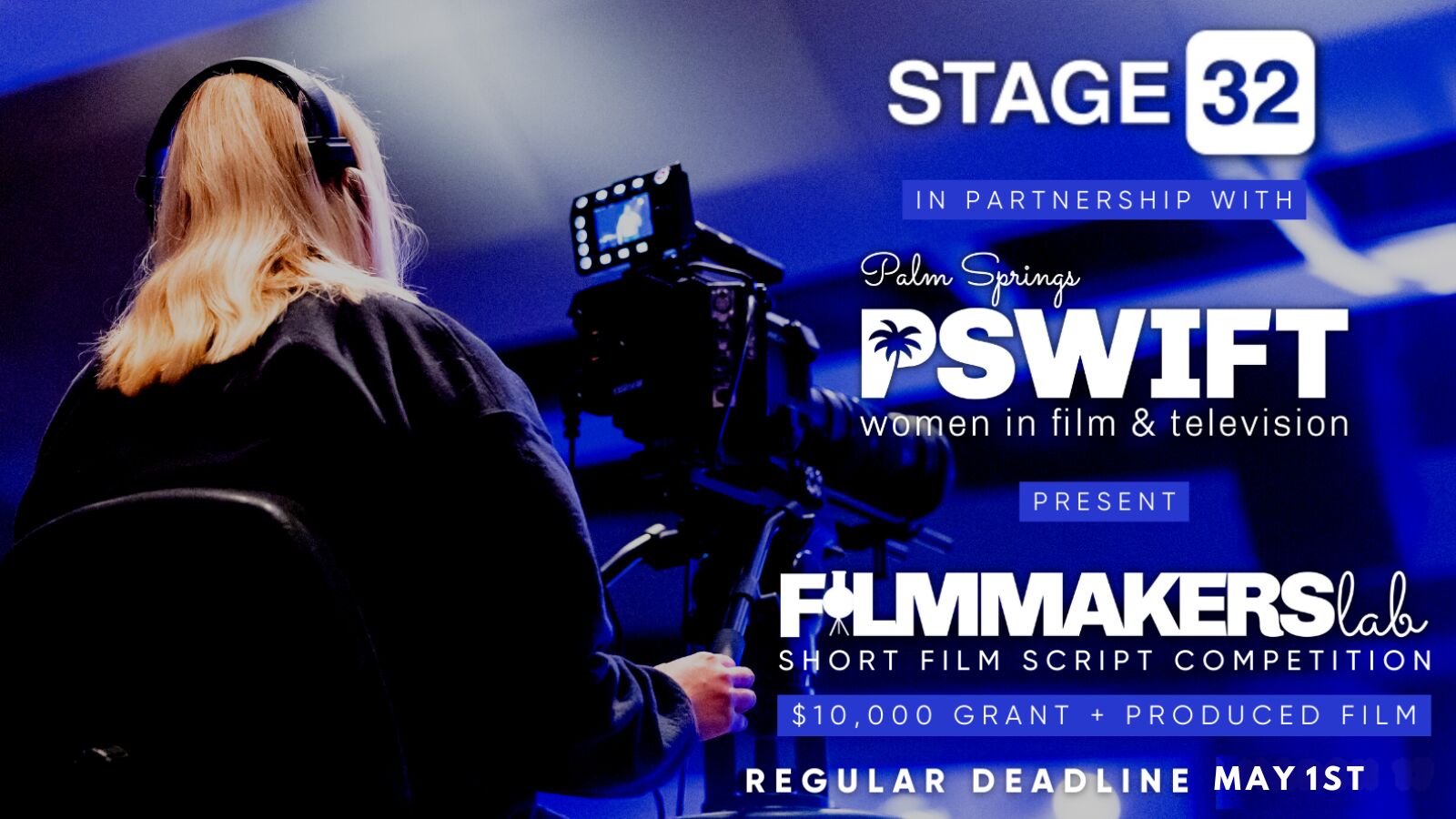-How much detail so you need to describe rooms in? Is it better to have a basic description but leave out details so it will be more open to filming or have all the detail like floor type and colors? -How much detail do you need to describe characters in? Should it be really specific for casting purposes or more open? -Do you need to say what every character is wearing? (Including color?) -Do you need to say every time they take things out and put things back in their pocket? For example if Joe is going to pick a lock: Can I just say Joe uses a pick from a small lock picking kit to pick the lock or do I have to say he removes a small locking picking kit from his pocket.



3 people like this
Just enough to inspire the set designers, casting directors, the cinematographers, et. al., to do their job in a way that they are all making the same movie. Read other scripts to see how much they did it, and then follow your instincts. I always read that "less is more", but too little will snuff out the originality of your voice. Read scripts, and then trust your instincts.
Yeah, that's what I was thinking. It good to put enough details for them to visualize it, but you don't have to describe very single thing. It seems wierd to say everytime someone takes something out of their pocket though. Can I leave that part out?
2 people like this
Be descriptive in the shortest amount of space possible. Only go into absolute detail if it contributes significantly to the scene.
Ok, thank you guys a lot. Just to clarify something can I leave out what a secondary character is wearing? (Unless it is important to the story)
2 people like this
also, when possible, combine both descriptions with actions, especially if it's characters in their environments.
1 person likes this
The only description necessary for environment and clothing is that which furthers the mood, reveals something about a personality, or furthers the plot (least-important-to-most).
1 person likes this
When in doubt, say less.
1 person likes this
tip: don't mention colors. a director likes to make up his/her mind about what they see beyond the text.
1 person likes this
Read screenplays. Do what they do.
1 person likes this
Do what you feel is right to create a mood. Sometimes I go into great detail and sometimes I'll say something as simple as Joe sits inside his tiny apartment. Don't write it if it adds no value to your work.
1 person likes this
Think mood, tone and emotion. Try to describe things on a conceptual level and pepper in vivid detail that feeds the readers imagination.
1 person likes this
Great advice from Nic, always remember less is more. Keep the scene headings short and simple, this will allow the director and the actors to take your words and make then their own.
2 people like this
Personally I've found the best way, if you are describing the charateristics of a location, is to keep it very brief and put the description IN THE SLUG LINE. Some examples would be like, INT. MESSY ROOM - DAY or EXT. LARGE PARKING LOT - NIGHT I'm not a big fan of putting excess details of things in the action parts of scripts. I think it slows down the flow of the story like (example), INT. APARTMENT - NIGHT Paul closes the door behind him. His apartment is a mess. Dirty dishes flood the sink and spill over onto the countertop. The floor hasn't been swept in ages. Paul tosses his backpack on the floor and turns on the TV. Now try it like this instead, INT. MESSY APARTMENT - NIGHT Paul closes the door behind him. He tosses his backpack on the floor and turns on the TV. I personally think the above example is much more economical and to the point. In the first example, it sounds like the screenwriter is putting in too much detail that, while well written (not to toot my own horn), makes it sound like he is telling the Director EXACTLY how the apartment has to look, which is never a good thing. Now, if you can weave in descriptions of locations into the actions of the character like when somebody weaves in expostional dialogue into a casual conversation, that would be impressive. As long as you can keep the flow of the story moving along at the same time.